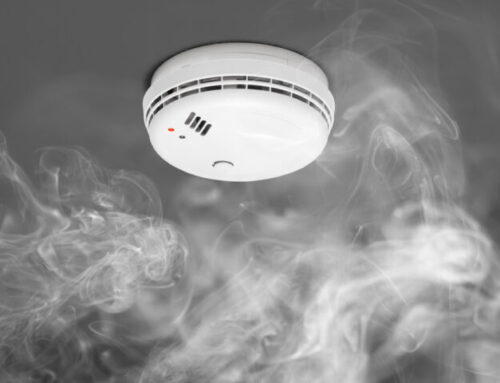
Recently bought one of those trendy bed-in-a-box products, new floor cleaner, or an air freshener spray? It’s best to know what you’re putting into your airflow before you start using it; being better informed about volatile organic compounds (VOCs) can help you maintain a safer, more comfortable and healthier environment. This applies to both commercial and residential environments. Chemical offgassing is one particular problem that can easily be avoided with a little proactivity and assistance from an expert air quality inspection; it’s a phenomenon involving the slow-but-steady release of VOCs into your airflow, which can linger if not addressed proactively.
Today, let’s explore into what chemical offgassing is, and how it can affect the health of building occupants if not adequately controlled.
The ABCs of VOCs
Volatile organic compounds (VOCs) are emissions generated by certain products including liquids, furnishings, décor items such as paints, and more. These emissions may cause symptoms and discomfort to the occupants. VOC concentrations indoors are often higher than outdoors simply due to the fact that air is retained inside buildings to maintain temperature control and energy efficiency. This is especially true in temperate seasonal climates.
Commercial Solutions
Warehouses, offices, stores, factories, and other similar environments are much more likely to contain a high concentration of VOCs, which is largely determined by how you operate. For instance, switching to more eco-friendly cleaners, assembly materials and otherwise can better protect workers. The same applies to cut the use of toxic pesticides, glues, and other chemical-rich compounds.
The most important step to take is to obtain valuable insights from a professional air quality inspection. Consider that fuel combustion and most other industrial processes remain the leading cause of commercial VOCs and poor indoor air quality. Therefore, getting your facility carefully inspected by an expert with the right training, tools and experience is of critical importance – doing so can save you a lot of money and stress in the long run while taking good care of your team. By working to clear the air and reduce the presence of VOCs, you’ll also more easily maintain compliance with established safety guidelines through minimized worker exposure.
Residential Solutions
Organic chemicals are the most common culprit at home, found in everything from waxes and varnishes to cosmetics and even bedding. Therefore, if you’re a homeowner in need of assurance that you have a healthy indoor environment, smart shopping is essential in addition to professional air quality testing. Invest in VOC-free, organic, wellness-focused alternatives instead to dramatically reduce the risk of health complications later on – your body will thank you for it!
If you want to determine the indoor levels of VOC emissions and risk of exposure to workers, household members and otherwise, contact us at Indoor Air Quality Ottawa for an assessment. We’re here for you.






